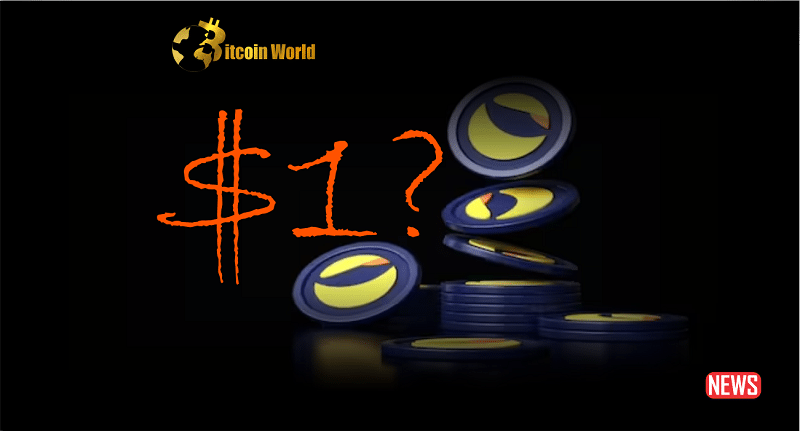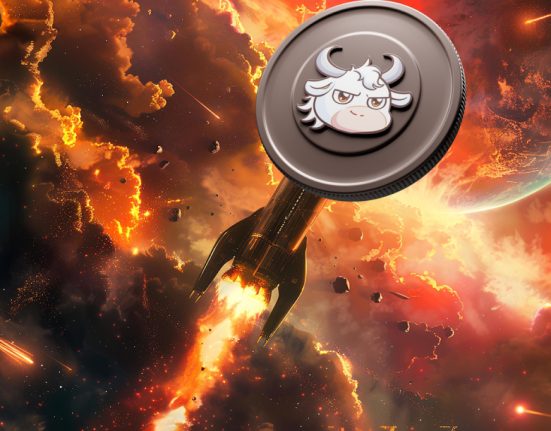The Terra Classic (LUNC) community is debating a new proposal submitted by an individual known as Redline Drifter to re-peg TerraClassicUSD (USTC) to the dollar. The proposal included a mechanism for charging divergence fees on USTC trades that deviated from the peg.
According to proposal 11487, the fees collected would be used to repurchase the asset and help it regain its peg. The proposal is currently seeking community support in order to proceed, and it includes two primary measures to establish and maintain the peg: divergence fees and a buyback mechanism.
According to the submitted proposal, the divergence mechanism intends to stabilize the value of TerraClassicUSD by imposing fees on trades that deviate from the target peg. These fees are based on the difference between the market and pegged prices, and they are used to buy back USTC and keep the peg in place.
The fees would be applied to all USTC trading pairs and markets, with the exception of regular blockchain transactions. The fees are intended to discourage selling and encourage buying, thereby assisting the cryptocurrency in regaining its peg.
The Divergence Protocol also calls for automatic buybacks by purchasing USTC with fee assets to defend the peg. The USTC accumulated through this process would be owned by the community and could be distributed for various purposes, such as revitalizing the ecosystem and locking more tokens out of the circulating supply.
If the price of USTC remains below its peg, the seller will pay a fee equal to the difference between the target peg price and the market price, with the protocol receiving the fee to maintain the peg.
If USTC rises above its peg, the seller will be charged the difference between the market and the target price. At the time of writing, USTC was trading for less than $0.02 per token.
To be properly implemented, the mechanism must be enforced on both centralized and decentralized exchanges, and it is currently unclear whether these platforms would support it even if the community approved it.
According to the proposal, the community’s USTC would be distributed as follows: 47.5% would be sent to a new USTC staking vault to reduce USTC’s circulating supply; once USTC is above the peg, a new USTC/LUNC liquidity pool would be opened, and 47.5% of the accrued profit would be transferred into this new pool in a one-way swap of LUNC to USTC.
The remaining 5% would be distributed equally between the Oracle and Community Pool. The proposal has already received widespread support, with only 21% opposing it. Some important validators have decided not to vote on the proposal.
It’s worth noting that the original Terra ecosystem collapsed last year and was later rebranded as Terra Classic, while a new, forked blockchain took over the Terra brand. When Terra’s ecosystem collapsed, its circulating supply increased from 340 million tokens to 6.9 trillion, and to combat the inflation, $LUNC supporters imposed a 1.2% tax burn on all network transactions.
As previously reported, the Terra Classic community has been fighting for increased adoption, even creating a petition to be listed on the cryptocurrency exchange Coinbase.














